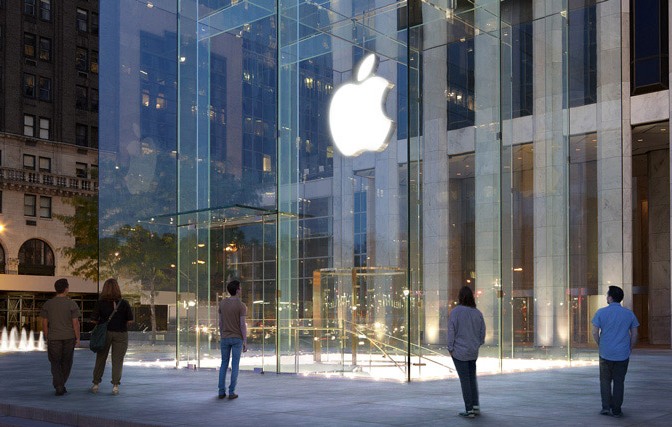
Apple announced that Lens Technology, one of its major suppliers in China, will run Apple operations on entirely renewable energy.
Lens Technology will power all of its glass production for Apple with 100 percent renewable energy by the end of 2018.
Lens is the first supplier to make a clean energy commitment for all of its Apple production. Lens will have a power purchase agreement with local wind projects to meet its green energy goals.
Apple said all 14 of its assembly sites in China are meeting UL’s Zero Waste to Landfill validation. The sites have diverted more than 140,000 metric tons of waste from landfills since the program began in January 2015.
“We want to show the world that you can manufacture responsibly and we’re working alongside our suppliers to help them lower their environmental impact in China,” said Lisa Jackson, Apple’s vice president of Environment, Policy and Social Initiatives.
Lens manufactures glass for Apple at two facilities in Changsha, Hunan province. Wind energy will cover 100 percent of the energy consumed producing Apple products at Lens facilities by 2018, avoiding nearly 450,000 metric tons of carbon dioxide each year, equivalent to the energy use in 380,000 Chinese homes.
Apple will partner with suppliers in China to install more than 2 gigawatts of new clean energy in the coming years, avoiding over 20 million metric tons of greenhouse gas pollution in the country between now and 2020.
In October, Foxconn, one of the iPhone makers, said it will construct 400 megawatts of solar, starting in Henan province, by 2018. The smartphone manufacturer will soon be achieving 80 megawatts of solar energy production as per the earlier commitment.
Earlier this year, Foxconn final assembly sites at Guanlan and Taiyuan in China received UL’s Zero Waste to Landfill validation. With the recent addition of 12 manufacturing sites, all of Apple’s final assembly production in China is now zero waste compliant.
Apple is powering 100 percent of its operations in China and the US, and more than 93 percent of its worldwide operations, with renewable energy.





